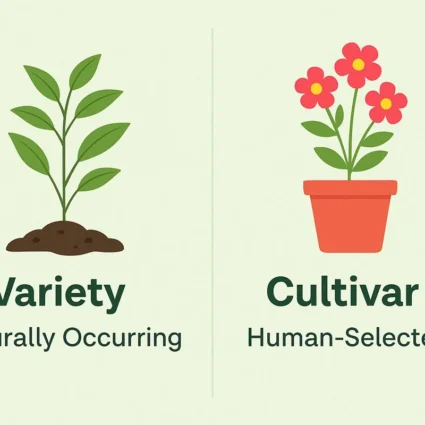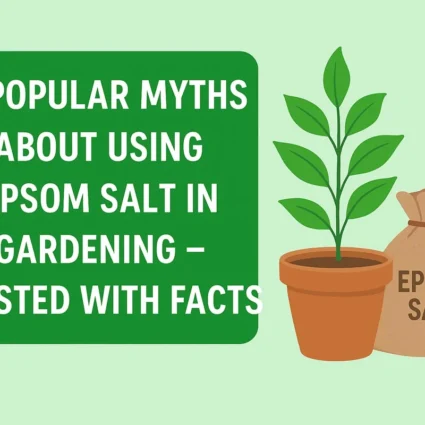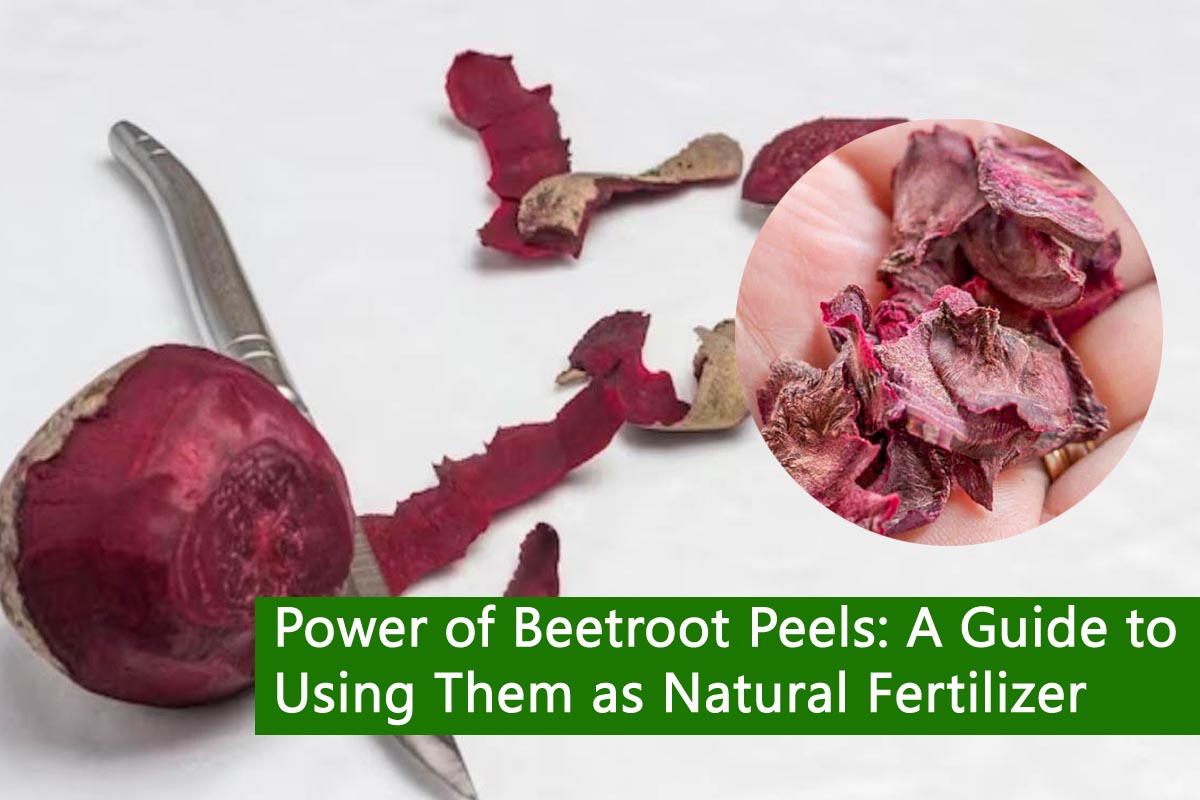
Power of Beetroot Peels: A Guide to Using Them as Natural Fertilizer
Beetroot, with its vibrant hue and earthy flavour, is a beloved vegetable that often takes centre stage in salads, soups, and dishes worldwide. But did you know that the humble beetroot peels, usually discarded, can be a valuable resource for your garden? Beetroot peels are rich in nutrients and can serve as an effective and natural fertilizer to boost the growth of your plants. In this guide, we’ll explore how you can use beetroot peels as a sustainable and eco-friendly garden fertilizer.
Why Beetroot Peels Make Great Natural Fertilizer
Beetroot peels are a potent source of essential nutrients that plants need for healthy growth, including potassium, phosphorus, and calcium. These nutrients can enhance soil fertility, improve water retention, and fortify your plants’ resistance to disease. Additionally, using beetroot peels as fertilizer is a sustainable practice that reduces waste and promotes eco-friendly gardening.
Also Read This :Revive, Reuse, and Recycle: How to Give New Life to Old Potting Soil
How to Use Beetroot Peel as a Fertilizer
Step 1: Collecting Beetroot Peels
Start by collecting beetroot peels. You can accumulate them over time in a container, either in the kitchen or near your compost pile. Ensure the peels are clean and free of any contaminants.
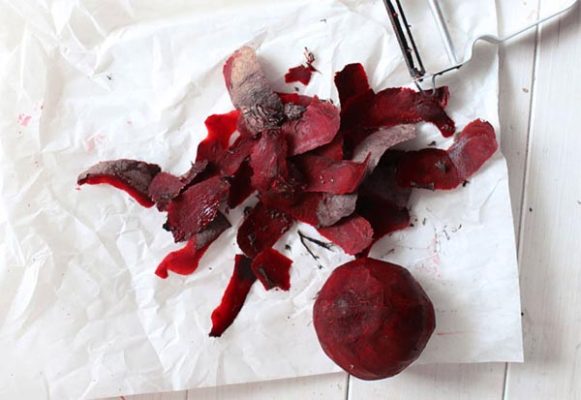
Step 2: Drying the Peels
To make the peels easier to handle and store, spread them out on a tray or a sheet of newspaper and let them air dry. This can take a few days, depending on your climate. Once they’re dry, they’ll be less likely to attract pests.
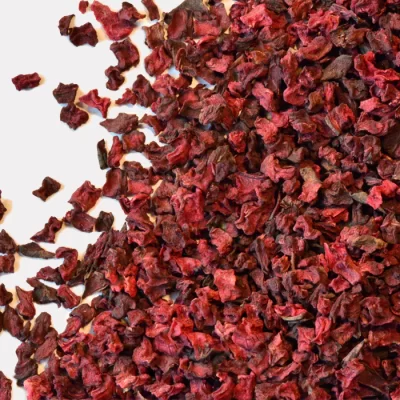
Also Read This :Blooming in the Chill: Winter Flowers That Thrive in the Cold
Step 3: Shredding or Chopping
After the peels are dehydrated, shred or chop them into smaller pieces. This will help them break down more quickly and release their nutrients into the soil.
Step 4: Mixing with Soil
Incorporate the shredded beetroot peels into your garden soil or potting mix. The ratio of peels to soil can vary, but a general guideline is to use about one cup of dried and chopped beetroot peels for every square meter of soil. Mix them thoroughly to ensure even distribution.
Also Read This :Preparing for Winter: A Guide to Pruning Your Roses
Step 5: Water and Observe
Water your garden as usual, and observe the positive effects on your plants over time. Beetroot peels slowly release nutrients into the soil, providing a natural and gradual fertilization process.
Also Read This :Choosing the Perfect Petals: Best Flowers for Homemade Potpourri
Tips and Considerations
- When using beetroot peels as a natural fertilizer, be patient, as their nutrients are released slowly. You may not see immediate results, but the long-term benefits to your garden are worth it.
- Ensure the beetroot peels are dehydrated before incorporating them into the soil to prevent mould growth.
- Composting beetroot peels is another eco-friendly option. If you have a compost pile, toss your beetroot peels in there. They will break down and enrich your compost, which can be used as fertilizer.
Also Read This :Dried Flower Delights: Creative and Beautiful Uses
Don’t let those beetroot peels go to waste in your kitchen! By using beetroot peels as a natural fertilizer, you can enhance your garden’s soil quality, promote sustainable gardening practices, and witness your plants thrive with the added boost of nutrients. This eco-friendly approach not only benefits your garden but also reduces food waste, making it a win-win for both your home and the environment. So, the next time you enjoy beetroot, remember that its peels have hidden potential to support your green oasis.
Also Read This :Nature’s Wonders: Exotic Plants That Mimic Animals in Astonishing Ways



